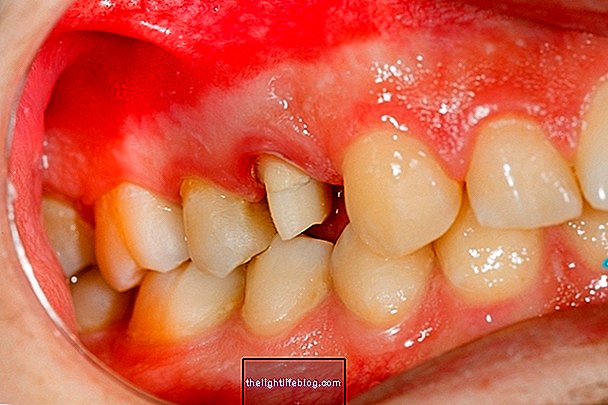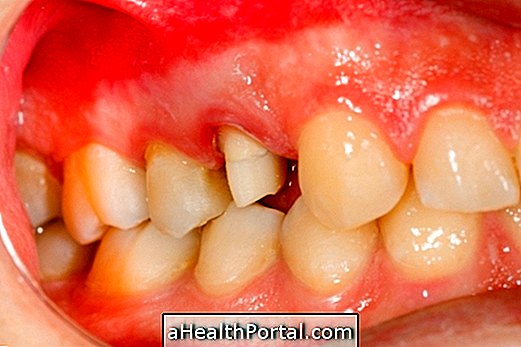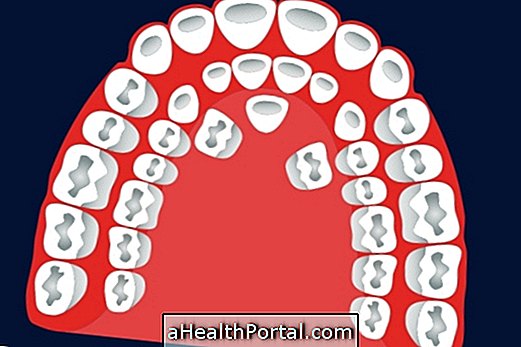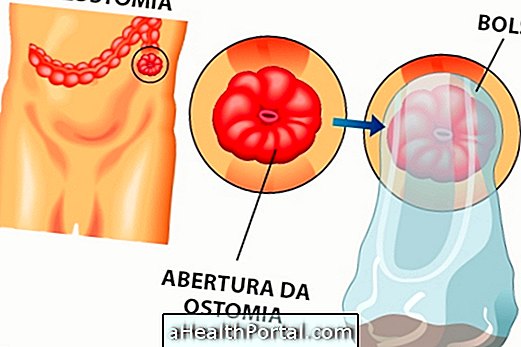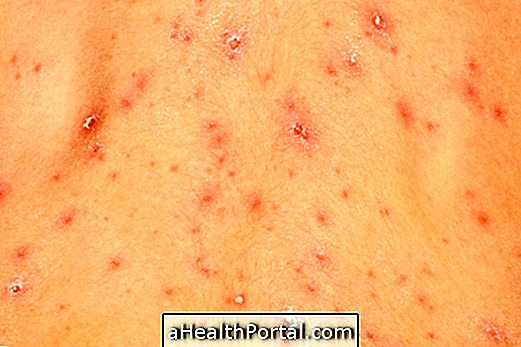Hypoplasia of the tooth enamel occurs when the body is not able to produce enough of the hard layer that protects the tooth, known as enamel, causing changes in color, small lines or until a part of the tooth is missing, depending on the degree of hypoplasia.
Although it may occur at any age, hypoplasia is more common in children, especially before age 3, so if at that age the child is still having difficulty speaking it may be important to go to the dentist to confirm is a case of hypoplasia, since the lack of enamel in the tooth can cause a lot of sensitivity, making speech difficult. Learn more about when your baby should start talking and what problems can be delayed.
People with enamel hypoplasia can have a completely normal life, however, they are at greater risk of having cavities, deformities of the teeth or of suffering with sensitivity to the teeth and, therefore, they must maintain an adequate oral hygiene, besides making regular consultations in the dentist .
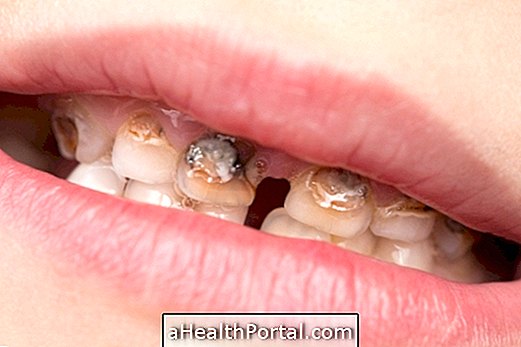
How is the treatment done?
The treatment for enamel hypoplasia varies according to the degree to which the tooth is affected. Thus, some of the most commonly used forms of treatment include:
- Tooth whitening : it is used in milder cases, when it is only necessary to disguise a stain on the tooth;
- Use of remineralising toothpastes such as Colgate Sensitive Prevent & Repair or Signal White System: In milder cases of blemishes, slight sensitivity or small deformations of the tooth help to remineralize the enamel, making it stronger;
- Dental Filling : It is mostly used in more severe cases when missing a part of the tooth or there are holes in its surface, helping to create a better aesthetic, in addition to relieving dental sensitivity.
In addition, if the tooth is very affected, the dentist may also recommend completely removing the tooth and making a dental implant, in order to cure the tooth sensitivity and avoid deformations of the mouth, for example. See how the implant is done and what the benefits are.
These treatments can be used separately or together, since in some cases there are several teeth affected by hypoplasia in varying degrees and therefore a type of treatment may also be required for each tooth.
Who is at greatest risk of having
Dental hypoplasia can appear in anyone, however, there are some causes that may increase the risk of developing it, including:
- Use of cigarettes during pregnancy;
- Lack of vitamin D and A in the body;
- Preterm birth;
- Diseases that affected the mother during pregnancy, such as measles.
Depending on the cause, hypoplasia can be a temporary or lifelong situation, and it is important to have regular dental consultations, as well as proper oral hygiene, to control tooth sensitivity, prevent cavities and, even, prevent the falling of teeth. Check out what dental hygiene care you should have.

